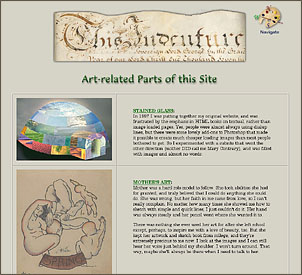he removed to Leipzig, the great German publishing centre, where as a draughtsman
and illustrator for books and periodicals he acquired both a wide reputation and a great deal of money.
This enabled him in 1863 to resume his study of painting, which he did under Professor Pauwels at Weimar.
After travelling in Italy, France and England, he in 1866 became a professor at the Weimar
Academy, which he exchanged six years later for the Academy at Dresden, and in 1875 for a
similar post in Berlin, where he still remains. "The Sirens" is an
extremely characteristic work from his brush, and gives a new view of a subject which has
already been treated in "Modern Figure Painting" by different artists.
In "The Triumph of Venus"
one may obtain a clear comprehension of the manner of composition and treatment of the eminent French
artist Felix Joseph Barrias. Barrias is a native of Paris,
born in 1822, where his father was a painter on porcelain. This trade the parent taught the son,
and he was such an apt scholar that at the age of sixteen he was able to earn his own
living by it, and to enter the studio of Cogniet for instruction in a higher walk of art. In 1844
he captured the Prix de Rome and went to Italy, and his "Exiles of Tiberius" in 1850, which is
now in the Luxembourg collection, confirmed his position and secured him a medal of the
first class, then a very rare recompense. Nine years later he received the cross of the Legion
of Honor for a historical painting, representing one of the movements of the French army in the Crimean
War. Luigi Mion, a rising young French artist, typifies
"Early Morning" as a maiden in gauzy white robe and drapery,
suggestive of the early mist, who smiles joyously out of a rich midsummer landscape,
Back Forward
Chapter 5 Text
Wilhelm Kray





![]() Copyright © 2007, Mary S. Van Deusen
Copyright © 2007, Mary S. Van Deusen